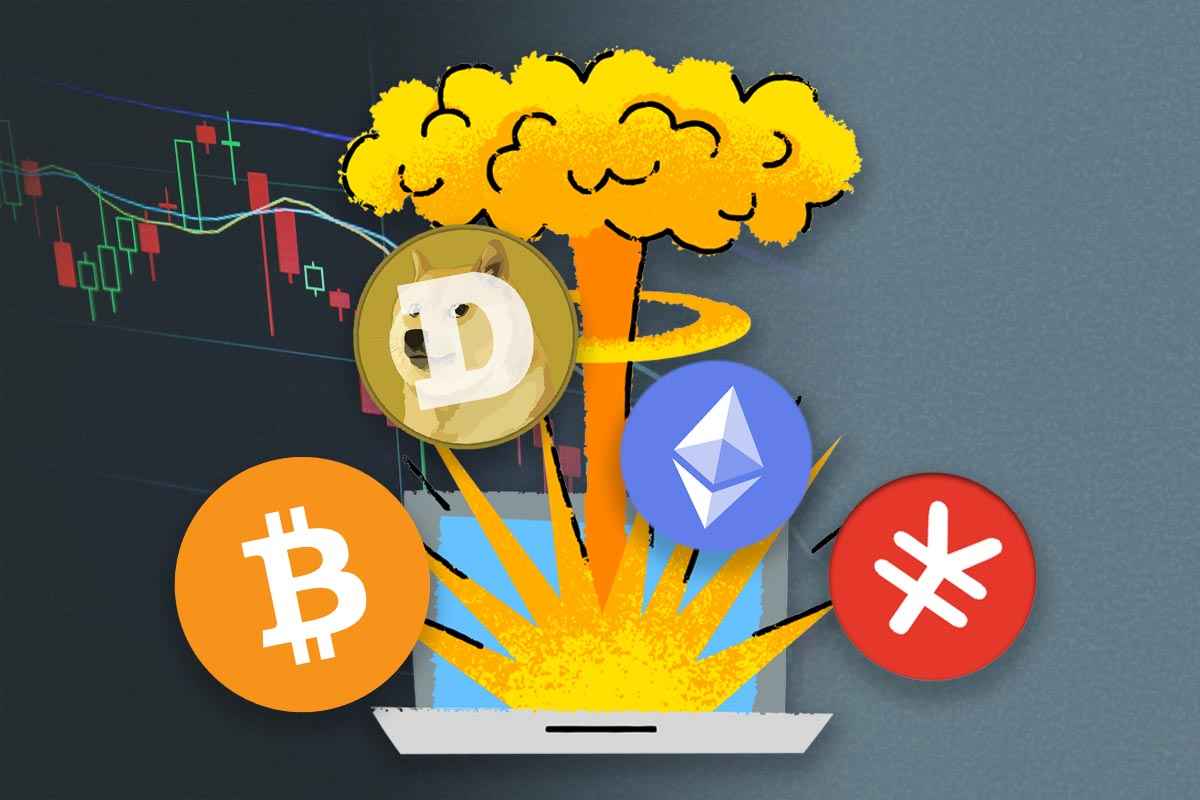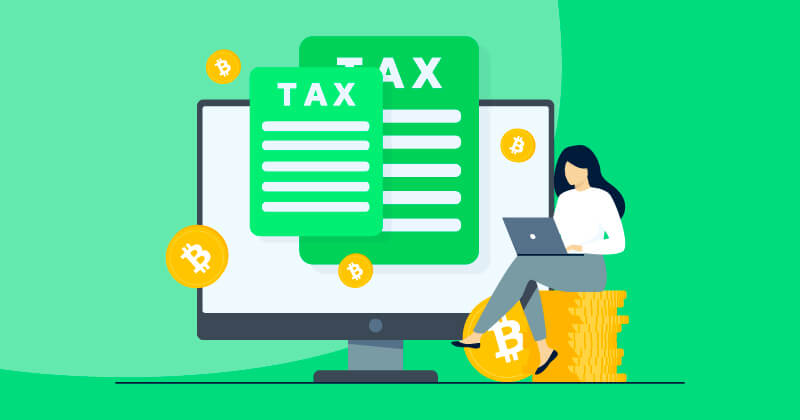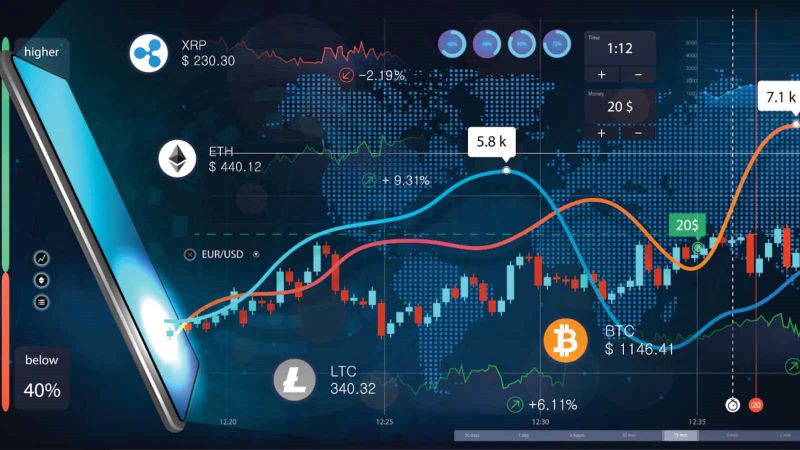Cryptocurrency valuation tools can make or break your crypto investing game. It’s not just about hunches or hot tips anymore. To truly succeed, you need to dig deep into the treasures of smart valuation. Imagine having a compass that points you where the real gold lies in a sea of digital coins. That’s what these tools do. We’re not wandering through the chaotic wilderness of speculation anymore. Stick with me as we pull back the curtain on methods that reveal which coins might just be your next big win. Understanding these techniques is your first step towards investing with confidence. Now let’s decode these valuable secrets together.
Understanding the Fundamentals of Cryptocurrency Valuation
Exploring Digital Currency Valuation Metrics
Let’s talk about the tools that pinpoint a crypto’s fair price. It’s like finding the heart of a treasure map. Coin value estimation tools are our shovels here. You might know that a crypto’s worth changes fast. So, how do folks decide what’s smart to buy or sell? They look at things like how many coins are out there—this is market capitalization. They also ask, how much is it traded—enter trading volume analysis.
Market capitalization for crypto is like weighing fruit at the market. It gives us a peek at how big a crypto is among all the others. A big ‘market cap’ might mean a safer bet, as more people are trusting that coin. But size isn’t everything.
Trading volume tells us if a crypto is in the game. High volume can mean a coin is in hot demand or there’s big news about it. Low volume may wave a red flag: not many buyers or maybe the coin isn’t catching much attention. Now, to get smarter with your investing, combine these metrics with more insight, like the kind on-chain data offers.
Leveraging Blockchain Asset Evaluation Techniques
Blockchain asset evaluation is the superpower of smart investors. It’s all about digging deep into the tech that powers a coin, peeking at its code and the rules it plays by. Utility token valuation techniques and security token pricing strategies come in handy here. They treat each token uniquely, whether it’s meant for use in an app or as an investment.
Yet, crypto is not just tech—it’s also about the feels. Yes, I’m talking about what people think and feel about a crypto. Sentiment analysis takes the pulse of the crowd. Are folks excited or scared? This can lead prices to soar or plummet.
For those who love number-crunching, crypto technical analysis platforms and cryptocurrency fundamental analysis software are your best buds. They turn past price moves and company facts into hints about future prices. They help to answer is this coin built to last or just a flash in the pan. It’s like weather prediction, but for money.
And don’t overlook the new tools on the block. Crypto valuation using machine learning is like having a crystal ball, powered by heaps of data and patterns from the past. This can make your guesses about prices much sharper.
To top it all, real-time crypto worth trackers keep you on the ball. They flash prices as they change, and cryptocurrency exchange analytics serve up juicy details. Which coin is the star right now? What’s the going price? This is the stuff that keeps you ahead in the crypto race.
So, whether you’re judging a brand-new coin or one like Bitcoin, combine these techniques. They can turn whispers from the market into a loud, clear message. How much is a crypto really worth? And what’s a good move for your money? These tools point you toward the answers.
Advanced Tools for Analyzing Crypto Assets
Utilizing Crypto Technical Analysis Platforms
Let’s tackle a tough nut: crypto technical analysis (TA), fancy right? I promise it’s not too tricky. Imagine a toolbox, a high-tech one. This toolbox helps you see patterns in crypto prices. It’s like looking at clouds and spotting a bunny, but with charts and lines that guide us. We call these tools crypto technical analysis platforms.
Want to know if Bitcoin might go up or down? These platforms show you trends. They signal when to buy or when to wave goodbye to a coin. We look at things like past prices and how much trading happens. This gives us a clue on where the coin’s value might head next. It’s a bit like weather forecasting, but for digital money.
The Role of On-Chain Data in Crypto Evaluation
Now, for the secret sauce: on-chain data. This is the heart of blockchain’s transparent magic. Every transaction, who owns what coin – it’s all there, clear as day, locked in on the blockchain. On-chain data digging lets us see how much a crypto is really used. Are people just holding it, or are they using it to buy stuff? This is real gold for figuring out a coin’s true value.
We use on-chain data to check out the “hustle and bustle” in the crypto neighborhood. Think of it like counting cars at a mall to guess how popular it is. More cars usually mean better business, right? Same with cryptos. More movement on the blockchain can mean more value.
On-chain data is not just about numbers, though. We also see how folks feel about a crypto. Are they confident and investing long term? Or is there panic with coins being sold fast? We can sniff out these moods in blockchain’s open diary.
When it comes to making smart crypto moves, you can’t skip on-chain data. It’s like stepping out without checking the weather. You might get caught in the rain, or in this case, a bad trade! This data is our umbrella and helps us stay dry, keeping our investment clothes all neat and tidy.
So there you go, friend. Dive into TA tools for patterns and trends. Dig into on-chain data to feel the crypto pulse. These tools aren’t just fancy add-ons. They’re like having x-ray vision in a world where coins can wear invisibility cloaks. As your crypto guiding light, I say using these tools isn’t just smart – it’s absolutely essential. Welcome to the major league of crypto investing!
Predictive Analytics and Price Forecasting in Crypto
Crafting Crypto Price Prediction Models
A good crypto price prediction model saves you money and time. It’s like a weather forecast but for coins. You look at the skies, or in our case, tons of data. To start, we take past prices and crunch numbers. Think of it like guessing how much candy will cost at the store tomorrow by looking at last week’s prices.
Now, with crypto price prediction models, you watch the market. You see prices going up and down and figure out patterns. These patterns help us guess if a coin will soar like a kite or drop like a hot potato.
We use market capitalization for crypto to weigh a coin’s value. It shows how much money is in that coin right now. Then there’s trading volume. It tells us how many coins change hands in a day. Busy hands mean a busy market!
For the tools, we’ve got crypto asset pricing analysis software. They look at stuff like market capitalization and trading volume for us. They help us avoid a wild guess and instead make a smart one. And don’t forget on-chain data for crypto evaluation. On-chain data is like a coin’s heartbeat; it shows how healthy it is.
Let’s talk about crypto technical analysis platforms. These look at price curves and other fancy charts. They give us hints on what might happen next. We see these hints and act like detectives, finding clues about our coin’s future.
When we put it all together, we get models that help us not just survive in the wild crypto world but thrive.
Assessing Market Sentiments with Crypto Project Assessment Tools
Now, let’s dive into people’s thoughts with crypto project assessment tools. It’s not all numbers and charts. What people feel about a coin matters a lot. It’s like seeing everyone at school wear new shoes. You think, “Hmm, maybe those shoes are cool.”
We use these tools to hear the internet’s buzz about a coin. They scan news, blogs, social media, and then some. Are people happy or mad? Excited or scared? This buzz shapes our coin’s story.
With token worth calculators, we can measure this buzz. Think of them like mood rings for coins. They can help us understand the intrinsic value of digital tokens. What’s inside the coin that makes it special or not so much.
Understanding this can make you the cool kid in crypto, picking winners and avoiding duds. Let’s not forget about crypto valuation using machine learning. Computers learn from loads of data and get smarter in guessing prices.
When we mix all these – models, people’s thoughts, and computer smarts – we become ninja investors. We see the unseen and make moves before others do. That’s the magic of crypto predictive analytics and price forecasting. It’s how we play the game smart, not hard.
And remember, the better the tools and the smarter the user, the brighter the future for your coin collection. Keep learning, keep playing, and let’s make the crypto world our fun, money-making game.
Strategic Investment Insights through Valuation Analytics
Real-Time Crypto Worth Trackers and Exchange Analytics
Investing in crypto can be like a ride on the wild side. It’s fast and thrilling. To stay on top, you need to know your stuff. Prices shift in a flash! Ready for a secret weapon? Real-time crypto worth trackers! These are like your investing sidekick, showing live prices of Bitcoin, Ethereum, and all the other coins you love.
Now, let’s dive into cryptocurrency exchange analytics. Think of it like a health check for crypto markets. It looks at trading patterns and volumes. It’s like a crystal ball, letting you see how a coin’s doing at that moment.
To really know your game, mix these tools with your own research. Look at the news, check out trends, and always keep learning. When you do that, you’re not just guessing; you’re making smart moves!
Incorporating Liquidity and Volatility Measures in Decision Making
Let’s talk about your investment strategy. Key things to check out? Liquidity and volatility. Liquidity means how easy you can buy or sell without affecting the price too much. And volatility? That’s about price ups and downs. They can be wild in crypto!
Why care? Well, high liquidity means you’re playing it safer. You can move in and out without big risks. But, if a coin’s price jumps around a lot, that’s high volatility. It can mean big wins but also big losses. Scary, huh?
Tools that look at liquidity and volatility are like your investment guards. They help you dodge the risky bits. And when you use these tools, you make smarter, calmer choices. That’s what investing’s about: playing it cool, not just going with the flow.
So, remember, pick the right tools. Use them well. Keep a cool head. With these in your corner, you can be one of those smart investors. The ones who win more than they lose. And isn’t that the goal? We all want to be crypto champs!
In this post, we dove deep into crypto value and how to assess it like pros. We started off looking at key measures that show what digital money is worth. From there, we checked out how blockchain details help us judge crypto assets better.
Next up, we explored tools that help us check out cryptos and what powers their prices. We looked at how to use tech to see trends and how on-chain info guides us.
We also talked about how to guess where crypto prices could go. Crafting models and checking market vibes help us predict stuff right.
Last, we learned how investment insights come from knowing crypto value well. Tracking worth in real-time and weighing things like how easy it is to buy or sell makes us smarter in choosing where to put our money.
All in all, the power to pick winning cryptos comes from understanding their worth. Knowing how to use tools and data right gives us a huge edge in making top crypto moves.
Q&A :
What are the best tools for valuing cryptocurrency?
When evaluating cryptocurrency, investors and traders commonly turn to several key tools and platforms. CoinMarketCap and CoinGecko offer comprehensive price tracking and market capitalization data. CryptoCompare provides in-depth analysis and real-time price information, whereas Messari delivers detailed research, news, and analytics. Blockchain explorers like Etherscan for Ethereum and BTC.com for Bitcoin enable in-depth transaction analysis. Lastly, TradingView is favored for technical analysis and charting. These tools collectively offer a broad perspective on cryptocurrency valuation.
How do cryptocurrency valuation tools work?
Cryptocurrency valuation tools calculate the value of digital currencies by aggregating price information from various exchanges. They analyze the supply and demand dynamics, trading volumes, and currency liquidity to provide real-time valuations. Some tools also incorporate market sentiment, news, and technical analyses using various algorithms and indicators to give users a more nuanced understanding of value.
Can cryptocurrency valuation tools predict future prices?
While cryptocurrency valuation tools provide a wealth of data that can aid in making informed decisions, predicting future prices remains challenging due to the highly volatile and unpredictable nature of the market. These tools can identify trends and potential price directions using historical data and technical analysis. However, many external factors, such as regulatory news or market sentiment, can impact prices in ways that tools may not predict. As such, these tools should be used as part of a broader strategy that includes keeping informed about the latest developments in the cryptocurrency space.
Why is it important to use cryptocurrency valuation tools?
Using cryptocurrency valuation tools is essential for informed trading and investment decisions. These tools help users track the fast-paced and volatile crypto markets, stay updated with real-time pricing, understand market trends, and evaluate investment opportunities. By leveraging accurate data and analytics, investors can better time their transactions, manage risk, and identify market movements that could impact their portfolio.
Are there free cryptocurrency valuation tools available?
Yes, there are several free cryptocurrency valuation tools available for users. Websites like CoinMarketCap, CoinGecko, and CryptoCompare offer a wide range of services without cost, including price tracking, market cap rankings, volume analysis, and more. However, advanced features such as custom alerts, portfolio tracking, or in-depth technical analysis might require a subscription. It’s important to evaluate the features and reliability of both free and paid tools to determine which best suits your needs.


